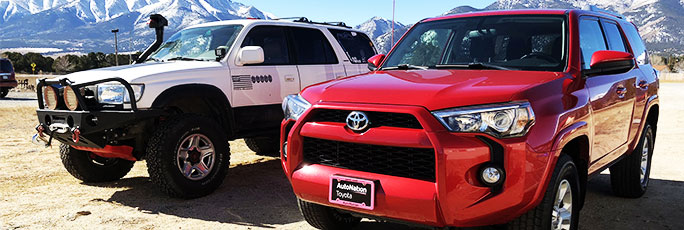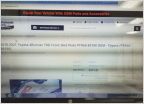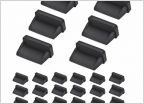-
Welcome to 4Runners.com!
You are currently viewing as a guest! To get full-access, you need to register for a FREE account.
As a registered member, you’ll be able to:- Participate in all 4Runner discussion topics
- Transfer over your build thread from a different forum to this one
- Communicate privately with other 4Runner owners from around the world
- Post your own photos in our Members Gallery
- Access all special features of the site
Electrical Upgrades
Discussion in '5th Gen 4Runners (2010-2024)' started by OdyRunner, Sep 16, 2024.


 Trd Pro Skid plate on sale
Trd Pro Skid plate on sale Front seat covers recommendation. Amazon?
Front seat covers recommendation. Amazon? Usb help
Usb help Hub Centric Wheels
Hub Centric Wheels Tacoma steering wheel interchangeable?
Tacoma steering wheel interchangeable? Steering wheel shake and pull. KO2s to blame?
Steering wheel shake and pull. KO2s to blame?















































































